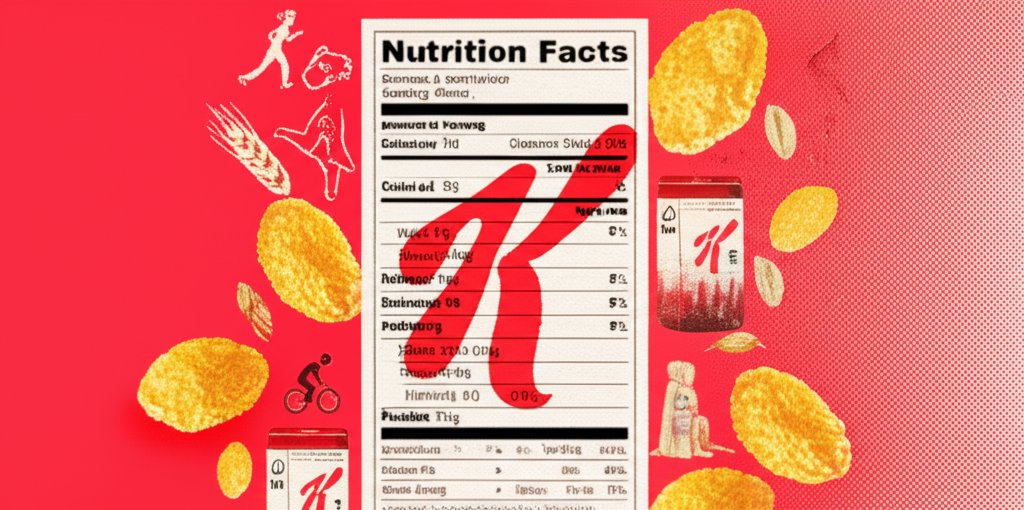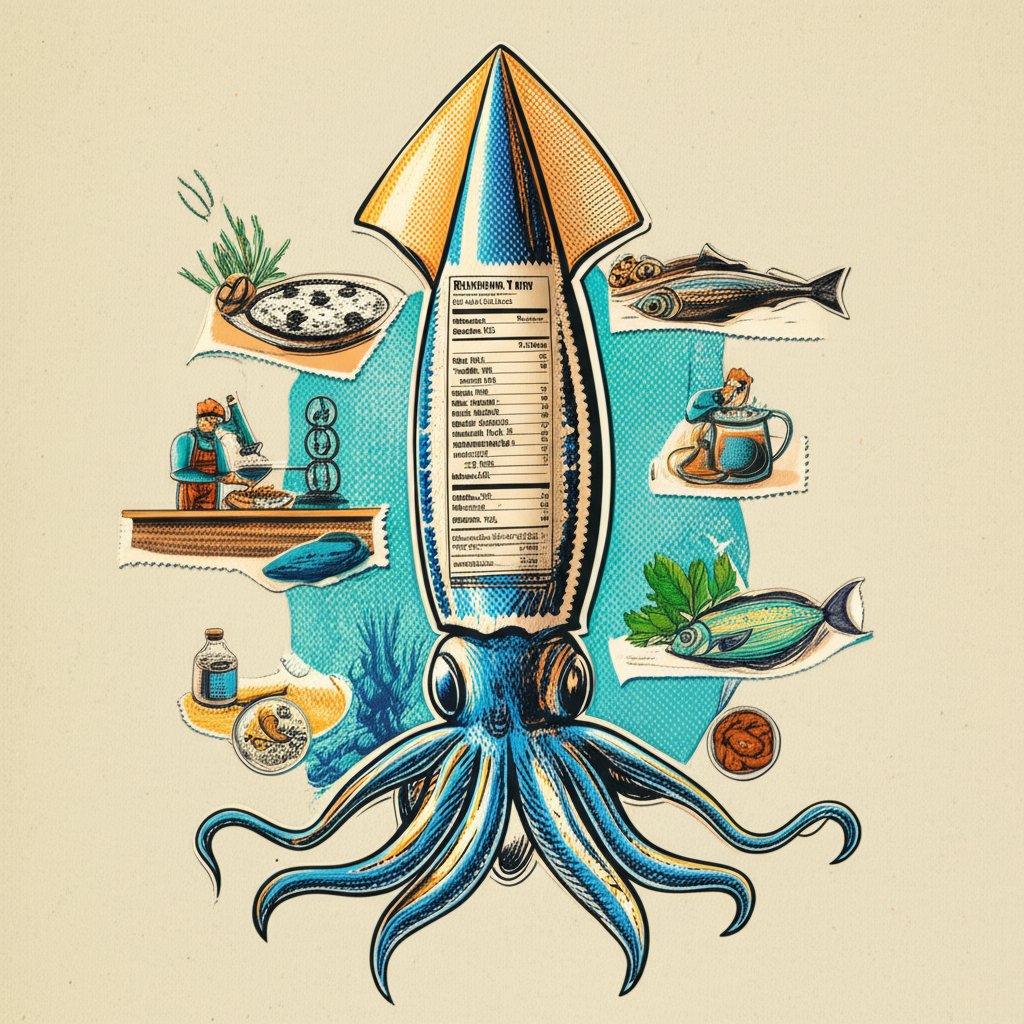Craving that delicate, smoky flavor? Smoked salmon isn’t just a delicacy; it’s also a nutritional powerhouse – but there are a few things you should know about smoke salmon nutrition facts before you indulge. We’ll dive deep into the benefits and potential downsides of this popular fish.
At a glance:
- Smoked salmon is rich in protein, omega-3 fatty acids, and several vitamins (especially B12 and D).
- It’s significantly higher in sodium than fresh salmon.
- Cold-smoked varieties may carry a risk of listeriosis, particularly for certain populations.
- Moderation is key, especially if you’re watching your sodium intake.
- Hot-smoked salmon offers a lower risk of foodborne illness.
What is Smoked Salmon Anyway?
“Smoked salmon” refers to salmon that has been preserved and flavored through a smoking process. Smoking is an age-old technique used to flavor, cook, or preserve food, exposing it to smoke. When it comes to salmon, this process involves curing the fillets with salt (and sometimes sugar) to draw out moisture. This curing process can last from 12 to 24 hours. The longer the cure, the saltier the final product will be.
After curing, the fillets are rinsed to remove excess salt and then dried. This drying creates a “pellicle,” a coating of protein, which helps the smoke adhere to the fish. Next comes the smoking itself, which uses wood chips or sawdust (often oak, maple, or hickory) to generate smoke in a kiln.
The smoking process can be done either hot or cold, and the temperature makes a big difference.
Hot-Smoked vs. Cold-Smoked Salmon
The main distinction between hot- and cold-smoked salmon lies in the temperature of the smoking chamber.
- Cold-smoked salmon: Smoked at 50–90°F (10–32°C) for 20–24 hours. This temperature is not high enough to cook the salmon. The result is a smoother texture and a milder flavor.
- Hot-smoked salmon: Smoked at a temperature high enough to reach an internal temperature of at least 145°F (63°C) for at least 30 minutes. This does cook the salmon, resulting in a flakier texture and a smokier taste.
Most smoked salmon sold commercially is cold-smoked. To be sure, check the label; hot-smoked salmon packaging usually states that it’s fully cooked. Food safety experts generally advise against cold-smoking at home due to the risk of foodborne illness. Hot smoking can be done safely at home with the right equipment and techniques.
Smoked Salmon Nutrition Facts: The Complete Breakdown
Let’s take a closer look at what you’re getting when you enjoy a serving of smoked salmon, and whether it’s beneficial like the Nutrition Facts: Special K Cereal. A standard 3.5-ounce (100-gram) serving of smoked salmon contains:
- Calories: 117
- Protein: 18 grams
- Fat: 4 grams (approximately 35% of calories)
- Saturated Fat: 0.929g
- Carbohydrates: 0 grams
- Fiber: 0 grams
- Sugars: 0 grams
- Sodium: 600–1,200 mg
- Vitamin D: 86% of the Daily Value (DV)
- Vitamin B12: 136% of the DV
- Vitamin E: 9% of the DV
- Riboflavin: 9% of the DV
- Niacin: 30% of the DV
- Vitamin B6: 16% of the DV
- Choline: 16% of the DV
- Selenium: 59% of the DV
- Copper: 26% of the DV
- Phosphorus: 13% of the DV
- Calcium: 11mg
- Iron: 0.85mg
- Potassium: 175mg
- Vitamin A: 26mcg
- Vitamin C: 0mg
It also delivers around 0.5 grams of combined EPA (eicosapentaenoic acid) and DHA (docosahexaenoic acid) omega-3 fatty acids. These are essential fats, meaning your body can’t produce them on its own and you have to get them from food.
Macronutrient Breakdown: Protein, Fat, and Carbs
Smoked salmon is primarily a protein and fat source, with virtually no carbohydrates. About 65% of its calories come from protein, and 35% from fat. This macronutrient profile makes it a popular choice for those following low-carb or ketogenic diets.
Vitamins and Minerals
Smoked salmon is an excellent source of several vitamins and minerals, particularly:
- Vitamin B12: Crucial for nerve function and red blood cell formation.
- Vitamin D: Important for bone health, immune function, and reducing inflammation.
- Selenium: An antioxidant that may protect against chronic diseases.
The Omega-3 Advantage
The omega-3 fatty acids EPA and DHA are perhaps the most celebrated nutrients in salmon. These fats are linked to a lower risk of heart disease, some cancers, and age-related cognitive decline. They may also help lower triglycerides, reduce inflammation, and support brain health.
The USDA recommends that adults consume at least 8 ounces (227 grams) of seafood per week to get approximately 250 mg of combined EPA and DHA.
Navigating the Sodium Question

One of the biggest nutritional considerations with smoked salmon is its high sodium content. A 3.5-ounce (100-gram) serving can contain 600–1,200 mg of sodium.
For comparison, the same serving of fresh salmon contains only about 75 mg of sodium. The high sodium is a result of the curing process, where salt is used to draw out moisture and preserve the fish.
Health organizations like the USDA recommend limiting sodium intake to 2,300 mg per day to reduce your risk of heart disease and stroke. The World Health Organization and American Heart Association advise even lower limits (2,000 mg and 1,500 mg per day, respectively). So, a single serving of smoked salmon can contribute a significant portion of your daily sodium allowance.
If you’re watching your sodium intake, enjoy smoked salmon in moderation or opt for fresh salmon more often.
The Health Benefits of Smoked Salmon
Despite the sodium content, smoked salmon offers several notable health benefits:
- Heart Health: The omega-3 fatty acids in smoked salmon are known to promote heart health by lowering triglycerides, reducing inflammation, and preventing blood clots.
- Brain Function: DHA, in particular, is crucial for brain development and function throughout life. Adequate intake of omega-3s may help improve cognitive function and reduce the risk of age-related mental decline.
- Bone Health: Vitamin D is essential for calcium absorption and bone health. Smoked salmon is a good source of this vital nutrient.
- Antioxidant Protection: Selenium acts as an antioxidant, protecting your cells from damage caused by free radicals.
These benefits make smoked salmon a valuable addition to a balanced diet, especially when consumed in moderation.
Potential Risks and How to Mitigate Them
While smoked salmon offers several benefits, it’s essential to be aware of the potential risks:
- High Sodium Content: As discussed earlier, the high sodium content can be a concern for people with high blood pressure or those watching their salt intake.
- Listeriosis: Cold-smoked salmon may harbor Listeria monocytogenes, a bacterium that can cause listeriosis, a foodborne illness. This bacterium is killed by heat, but since cold-smoked salmon isn’t cooked at high temperatures, it can survive. Listeriosis is most dangerous for older adults, people with weakened immune systems, and pregnant women and their newborns.
- Cancer Risk: Some observational studies have linked smoked and processed meats to an increased risk of certain cancers, particularly colorectal cancer.
Here’s how you can minimize these risks: - Moderation: Limit your portion sizes and frequency of smoked salmon consumption.
- Choose Hot-Smoked: Opt for hot-smoked salmon, which is cooked at a high enough temperature to kill Listeria bacteria.
- Proper Storage: Follow storage instructions carefully. Some smoked salmon requires refrigeration, while others don’t until opened. Once opened, refrigerate for up to 2 weeks or freeze for 3 months.
- Check for Quality: Avoid smoked salmon with lots of dark bits, as these can have an unpleasant taste.
- Consider Your Risk Factors: If you’re in a high-risk group for listeriosis (pregnant, elderly, immunocompromised), exercise extra caution and consider avoiding cold-smoked salmon altogether.
How to Choose the Best Smoked Salmon
With so many brands and varieties available, how do you choose the best smoked salmon? Here are a few tips:
- Read the Label: Check the ingredients list for added sugars, artificial flavors, or preservatives you may want to avoid.
- Look for Sustainable Sourcing: Choose salmon that’s been sustainably harvested. Look for certifications like the Marine Stewardship Council (MSC) label.
- Consider the Cut: Different cuts of salmon have varying fat contents and textures. For example, the belly is fattier and more flavorful, while the loin is leaner.
- Check the Expiration Date: Make sure the salmon is fresh and hasn’t expired.
- Inspect the Appearance: The salmon should have a vibrant color and a moist, slightly oily sheen. Avoid salmon that looks dry, dull, or has excessive dark spots.
Serving Suggestions and Creative Uses

Smoked salmon is incredibly versatile and can be used in a variety of dishes. Here are a few ideas:
- Classic Bagel with Cream Cheese: A timeless favorite.
- Smoked Salmon Salad: Add smoked salmon to your favorite green salad for a protein and flavor boost.
- Smoked Salmon Omelet or Frittata: A delicious and nutritious breakfast option.
- Smoked Salmon Pasta: Toss smoked salmon with pasta, cream sauce, and fresh herbs.
- Smoked Salmon Pizza: Top your homemade or store-bought pizza with smoked salmon, capers, and red onion after baking.
- Smoked Salmon Canapés: Serve smoked salmon on crackers or toast points with cream cheese, dill, and lemon.
- Sushi Rolls: Include smoked salmon in your homemade sushi rolls for a smoky twist.
Can You Smoke Salmon at Home?
Yes, you can smoke salmon at home, but it’s important to follow food safety guidelines carefully, especially when cold-smoking. The easiest and safest approach for home cooks is hot-smoking, as this ensures the salmon reaches a safe internal temperature.
Here’s a basic recipe for hot-smoked salmon:
- Cure the Salmon: Cover salmon fillets with a mixture of salt and sugar (about 3 parts salt to 1 part sugar) for at least 4 hours, or up to 12 hours for thicker fillets.
- Rinse and Dry: Rinse the fillets thoroughly with cold water and pat them dry with paper towels. Let them air dry in the refrigerator for a few hours to form a pellicle.
- Smoke the Salmon: Place the fillets in a smoker preheated to 225°F (107°C). Cook until the internal temperature reaches 145°F (63°C), which should take about 2-3 hours depending on the thickness of the fillets. Use a meat thermometer to monitor the temperature.
- Cool and Store: Let the salmon cool completely before storing it in the refrigerator.
Remember to use food-grade wood chips suitable for smoking. Oak, maple, and hickory are popular choices.
Common Questions About Smoked Salmon
Let’s address some frequently asked questions about smoked salmon:
- Is smoked salmon safe to eat during pregnancy? Pregnant women are at higher risk of listeriosis. It’s generally recommended to avoid cold-smoked salmon during pregnancy or choose hot-smoked varieties that have been fully cooked. Always consult with your doctor for personalized advice.
- How long does smoked salmon last? Unopened smoked salmon can last for several weeks in the refrigerator, depending on the packaging. Once opened, it should be consumed within 2 weeks or frozen for up to 3 months. Always check the expiration date and follow the storage instructions on the package.
- Can you freeze smoked salmon? Yes, you can freeze smoked salmon. Wrap it tightly in plastic wrap and then in a freezer bag to prevent freezer burn. Frozen smoked salmon may lose some of its texture and flavor, but it will still be safe to eat.
- Is smoked salmon high in cholesterol? Smoked salmon contains some cholesterol (around 23mg per 100g serving), but dietary cholesterol is no longer considered a major risk factor for heart disease for most people. It’s much more important to focus on limiting saturated and trans fats.
- Is smoked salmon better than fresh salmon? Both smoked and fresh salmon offer nutritional benefits. Smoked salmon is more convenient and has a longer shelf life, but it’s also higher in sodium. Fresh salmon is lower in sodium and allows you to control the cooking method and added ingredients.
Making Informed Choices
Smoked salmon can be a delicious and nutritious addition to your diet. By understanding the smoke salmon nutrition facts and potential risks, you can make informed choices about how much and how often to consume it. Remember that moderation is key, especially if you’re watching your sodium intake or are at higher risk of foodborne illness. Consider all the benefits of consuming seafood, but also look at Squids Nutritional Value Explored and compare accordingly. By balancing the benefits and risks, you can enjoy smoked salmon as part of a healthy and balanced eating pattern.
- How Glass Bento Box Containers Make Meal Prep Easier - December 18, 2025
- Why Glass Boxes for Lunch Are Trending for Meal Prep - December 17, 2025
- Bento Box Glass Offers Practical, Eco-Friendly Meal Storage - December 16, 2025









